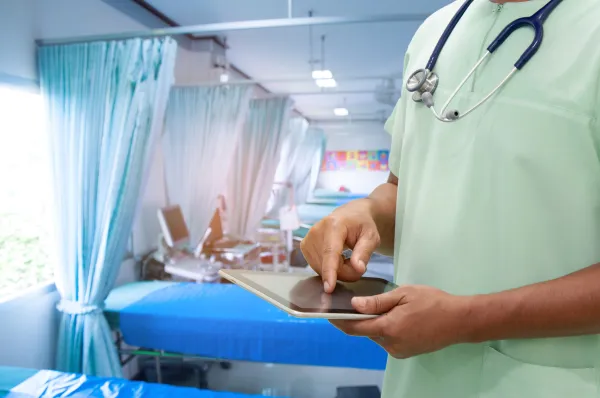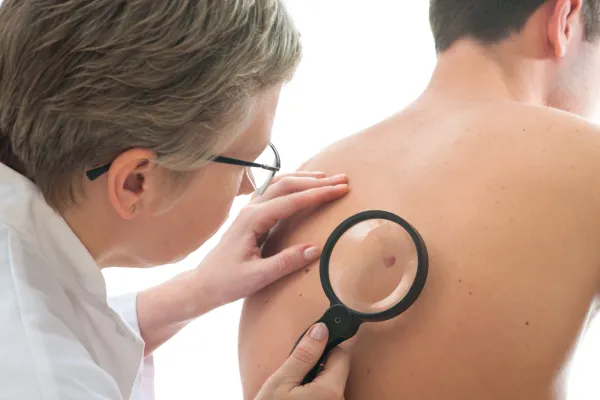Learn the Basics of Hammer Toe Coding Using this Guide

Know rigid or flexible, acquired or congenital, for accurate Dx documentation. It’s a common, and all-too-painful, condition. But because hammer toe can have different etiologies and manifestations, coding for it isn’t always as straightforward as you’d think. So, read through this guide to help set your hammer toe diagnosis coding straight. And once you’ve learned how to code it correctly, keep reading to learn how to report the correct surgical CPT® code. Zero in on the Basics of Hammer Toe Your toes two through five have two joints, and hammer toe is a bend in the first joint closer to the foot, says M. Dolores Farrer, DPM, MBA, wound care consultant and owner of Owner of Lagniappe Wound Care Consultants, LLC in Columbia, South Carolina. This bend results in a curled position that resembles a hammer. Causes: Hammer toes usually develop over time due to tight shoes or arthritis, according to Farrer. Hammer toe can also develop from motor nerve damage that causes the ligaments and tendons to become unbalanced and curl the toes downward. Hammer Toe is very common in diabetics with motor neuropathy. A hammer toe can also develop when a bunion starts moving over laterally, to the outside of your foot, and then the second toe has to get out of the way and ends up on top of the big toe, Farrer adds. Feet with high arches also often develop hammer toes. Diagnosing: Podiatrists diagnose hammer toe by performing a physical exam of the foot to study the contracture of the toes. Additionally, podiatrists and radiologists can diagnose hammer toe using X-ray imaging to identify the degree and full extent of the deformity,” says Barry Rosenberg, MD, chief of radiology at United Memorial Medical Center in Batavia, New York. There are two types of hammer toes: Turn to these ICD-10 Codes for Acquired Hammer Toe Your ICD-10 options for acquired hammer toe include the following: Caution: In the ICD-10 manual, an Excludes1 note for M20- lists the following codes you should never use at the same time as M20.40-M20.42: Note: If the patient’s hammer toe is congenital, then you would report a code from category Q66- (Other specified congenital deformities of feet). Expect to See these Treatment Options for Hammer Toe To treat hammer toe, there are some cushions, pads, and straps that the patient can use to protect the joint or pull down the toe when wearing a shoe, but these are only temporary solutions, Farrer says. To fix hammer toe permanently the patient will need surgery, and for rigid hammer toe, surgery is the only possible treatment option. During the procedure, the surgeon will roughen up the cartilage on the base of the middle phalanx to promote arthrofibrosis. Next, the surgeon then will straighten and fix the phalanx using a K-wire. “Most times the head of the proximal phalanx is removed,” says Arnold Beresh, DPM, CPC, CSFAC, in Newport News, Virginia. “The toe is not always fused with a K-wire. There are now many different implants to be used between the proximal and middle phalynx,” he adds. CPT® code: When the surgeon performs a flexible or rigid hammer toe correction, you can report this procedure with 28285 (Correction, hammertoe (eg, interphalangeal fusion, partial or total phalangectomy)).




